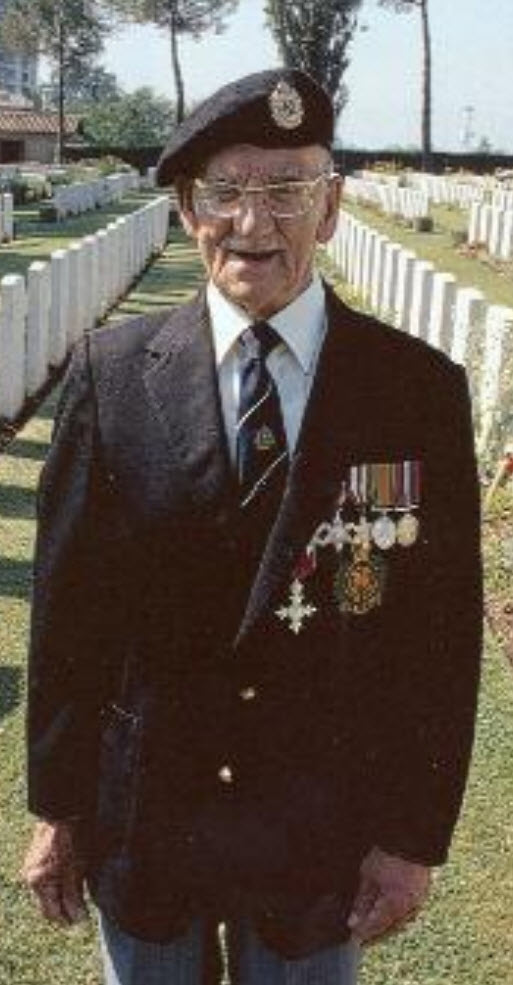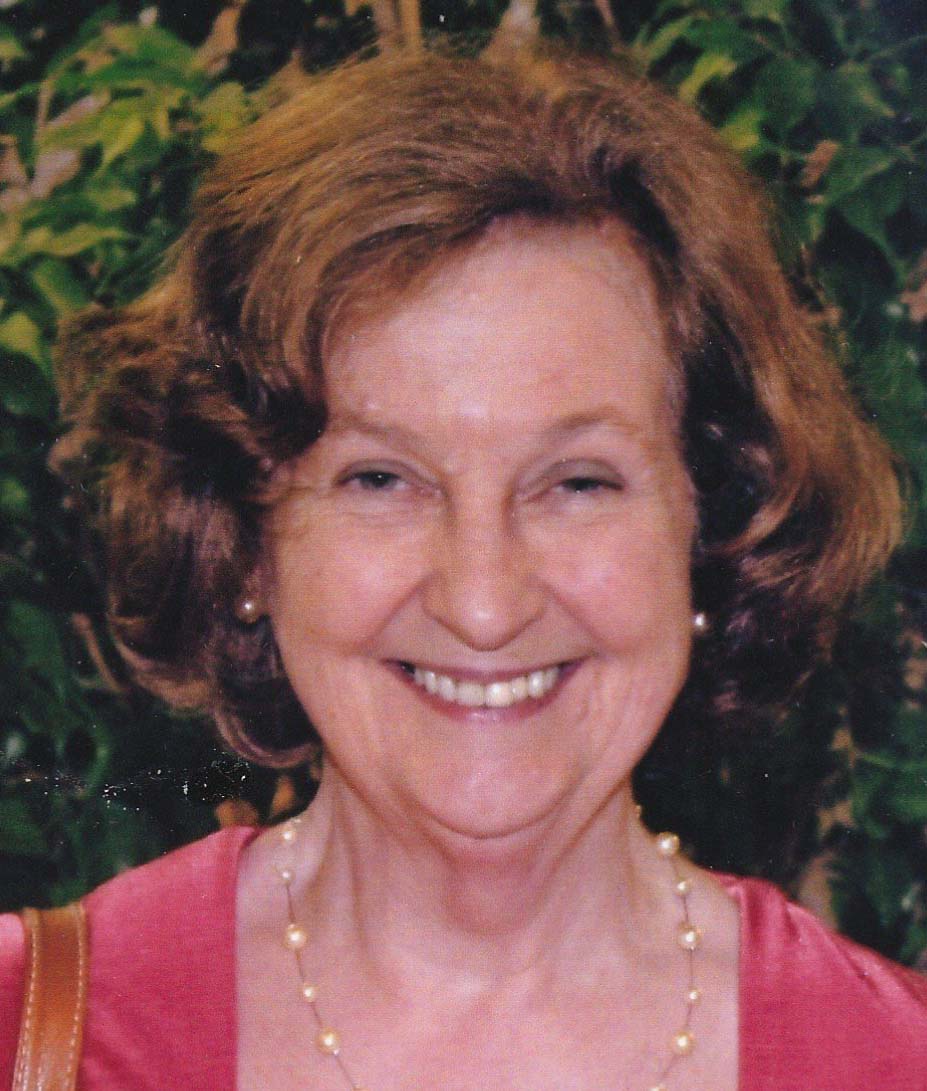Denis Mason Jones
 To mention Denis Mason Jones to any of his wide circle of friends and acquaintances in Leeds would invariably provoke a instant smile. Denis, who has died at the age of 91, was one of those rare individuals who could move with ease in any number of different circles, and be popular in each, whether it was the Leeds "establishment", the professional set or a jazz night at the Leeds Club.
To mention Denis Mason Jones to any of his wide circle of friends and acquaintances in Leeds would invariably provoke a instant smile. Denis, who has died at the age of 91, was one of those rare individuals who could move with ease in any number of different circles, and be popular in each, whether it was the Leeds "establishment", the professional set or a jazz night at the Leeds Club.
By profession he was an architect, having followed his father into partnership in the family firm. His design for Bodington Hall, at the University of Leeds won the Leeds Gold Medal in 1964, but, although he did many architectural designs, particularly for the conservation and restoration of buildings, one sensed that he much preferred to be occupied in sketching just about everything he was involved in whether it was the English countryside, historic buildings or a concert he was attending. His jackets were always made with an extra large "poacher's pocket" which contained his ever-present sketchbooks. A junior member of his staff was given the task of cutting pencils into half and sharpening the two pieces for him. He meticulously maintained an archive of these books - amounting to almost one hundred at his death.
To those who knew Denis his sketches were always recognisable and they had a wider circulation than even he realised. In 1998 when I was on an electoral mission in Cambodia, an American woman based in Laos desperately wanted to come to Phnom Penh as an election observer; when I eventually found a place for her she brought me a gift of a book, in French, on the English countryside, that she had bought in Vientiane. I immediately recognised the author of the illustrations and when I showed the book to Denis he recalled the occasion when its French author had observed him sketching in near Malvern and had made him an offer. Denis wryly commented, "It was one of the few occasions I got paid."
Denis Mason Jones designed a series of full-colour pictorial maps of British cities featuring their historic buildings. Marketed as "Heritage Maps," they are today much sought after. Typically when I got back from a European Union project in Uzbekistan, he presented me with a special map of the Silk Road portraying the key buildings of Samarkand and Bukaru. In the margin was his pencilled note: "Don't rely on this map for your return to Tashkent!"
He was the quintessential clubman. A member of the Leeds Club for over forty years he could regularly be found ensconced in one of its deep armchairs holding court amongst friends and colleagues. It was one of his great frustrations in recent years that his increasing frailty limited his attendances. He was a regular speaker at club lunches where his skill as a raconteur and his laconic timing always ensured a full house. At one such occasion he surveyed his audience and announced that he was fascinated by the rubric on many of his supermarket purchases, "Best Before." This, he said, was of no interest to him. What he really wanted was, "Fatal After."
Many of his anecdotes related to his war service which, although one would not know it from the hilarious character studies of his companions, had been traumatic. Of six close friends who graduated from Sidney Sussex College, Cam bridge, in 1939, he was the only one who survived the war. Whilst on mine clearing duty in North Africa in 1943 he was blown up my a mine which shattered his right arm. After eighteen months in and out of hospital, he became an instructor "showing chaps how not to lift a mine."
After the war he completed his architectural studies and went on to study in Zurich before returning to London. There he shared a house with six architects and painters, which was so disorganised and cluttered that, he said, "a large bicycle was once lost in a room for six weeks."
Apart from the Leeds Club, he was associated with much Leeds development, being involved with the Henry Moore Sculpture Trust - after the City Council had wined and dined the locally trained sculptor and persuaded him to fund a new gallery - the Leeds Civic Trust and the Yorkshire Heraldry Society.
He is survived by his wife, Mary, four children, Nicholas, Mark, Rosalind and Crispin, nine grandchildren and a great granddaughter.
Denis Mason Jones, born 19 March 1918, died 8 January 2010.
 Peter Knowlson, who has died aged 79, was the Liberal Party's policy workhorse for over twenty years. He was occasionally infuriating, often badly treated by the party hierarchy, but always loyal and productive. He was a deeply instinctive Liberal, remarkably tolerant of others' foibles and wholly unaware of his own eccentricities!
Peter Knowlson, who has died aged 79, was the Liberal Party's policy workhorse for over twenty years. He was occasionally infuriating, often badly treated by the party hierarchy, but always loyal and productive. He was a deeply instinctive Liberal, remarkably tolerant of others' foibles and wholly unaware of his own eccentricities! Those who came across Joe Kitchen only as one of the Labour City Councillors for Leeds' Middleton ward without knowing anything of his background would be surprised at his history.
Those who came across Joe Kitchen only as one of the Labour City Councillors for Leeds' Middleton ward without knowing anything of his background would be surprised at his history. For fifty years Graham Kirkland, together with his GP wife, Joan, served the medical needs of his Otley patients and for over forty years he was a Liberal, and later a Liberal Democrat, Councillor on the Otley Town Council and on the Leeds City Council. In 1998 he became the first Liberal Lord Mayor of Leeds since 1942. In recognition of his long civic service, in 2013 he was made a Honorary Alderman of the City.
For fifty years Graham Kirkland, together with his GP wife, Joan, served the medical needs of his Otley patients and for over forty years he was a Liberal, and later a Liberal Democrat, Councillor on the Otley Town Council and on the Leeds City Council. In 1998 he became the first Liberal Lord Mayor of Leeds since 1942. In recognition of his long civic service, in 2013 he was made a Honorary Alderman of the City. Simon Lindley, one of Yorkshire’s leading musicians has died at the age of 76. Born in Kent he came to Leeds fifty years ago and became very much an adopted Yorkshireman with an involvement in a myriad of musical organisations and events across the county. He always found it difficult to turn down invitations to conduct performances or to play at friends’ events such that he was notorious for getting himself double-booked. Such was his charm and his skill at extricating himself that it became regarded as somewhat endearing. His musical abilities as an organist, teacher, conductor and composer were highly regarded. His passion for musical and, particularly, choral excellence sometimes made him a hard taskmaster but his warmth and enthusiasm ensured that no-one bore grudges.
Simon Lindley, one of Yorkshire’s leading musicians has died at the age of 76. Born in Kent he came to Leeds fifty years ago and became very much an adopted Yorkshireman with an involvement in a myriad of musical organisations and events across the county. He always found it difficult to turn down invitations to conduct performances or to play at friends’ events such that he was notorious for getting himself double-booked. Such was his charm and his skill at extricating himself that it became regarded as somewhat endearing. His musical abilities as an organist, teacher, conductor and composer were highly regarded. His passion for musical and, particularly, choral excellence sometimes made him a hard taskmaster but his warmth and enthusiasm ensured that no-one bore grudges. A longstanding and committed Liberal for sixty-five years, Barbara Lindsay died on 21 November aged 83. She was someone I greatly admired and whose company I enjoyed. Once she had decided intellectually and by personality at the age of 18 that she was a Liberal that was it for Barbara and she became a consistent campaigner and feminist activist. Life was not easy for Barbara and the cost of politics bore heavily on her, particularly when her car needed repairing - seemingly all too often!
A longstanding and committed Liberal for sixty-five years, Barbara Lindsay died on 21 November aged 83. She was someone I greatly admired and whose company I enjoyed. Once she had decided intellectually and by personality at the age of 18 that she was a Liberal that was it for Barbara and she became a consistent campaigner and feminist activist. Life was not easy for Barbara and the cost of politics bore heavily on her, particularly when her car needed repairing - seemingly all too often! Born 28 November 1903, near Tonbridge, Kent; the only child of Horace Bradlaugh Lakeman (1874-1962), an excise officer, and Evereld Simpson (1867-1950); died 7 January 1995 at her home in Tunbridge Wells. She remained unmarried.
Born 28 November 1903, near Tonbridge, Kent; the only child of Horace Bradlaugh Lakeman (1874-1962), an excise officer, and Evereld Simpson (1867-1950); died 7 January 1995 at her home in Tunbridge Wells. She remained unmarried.

